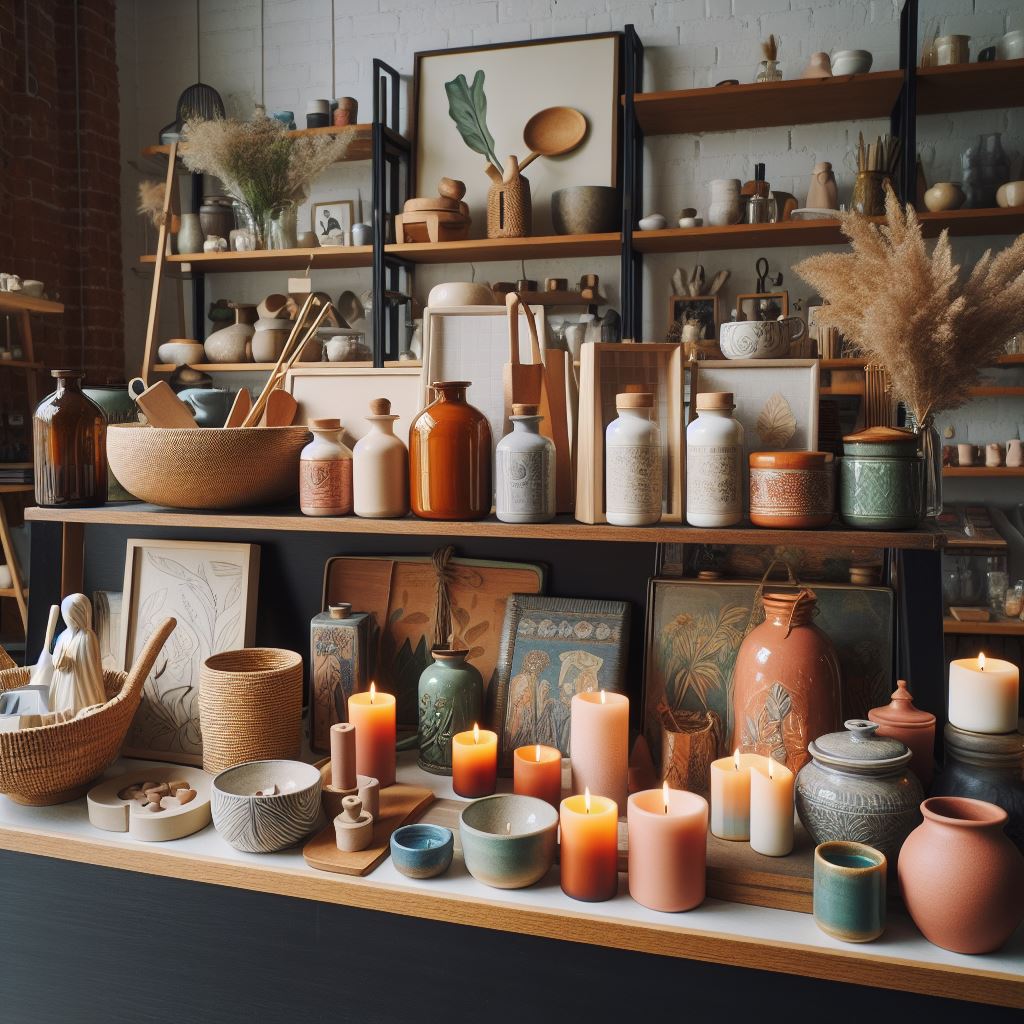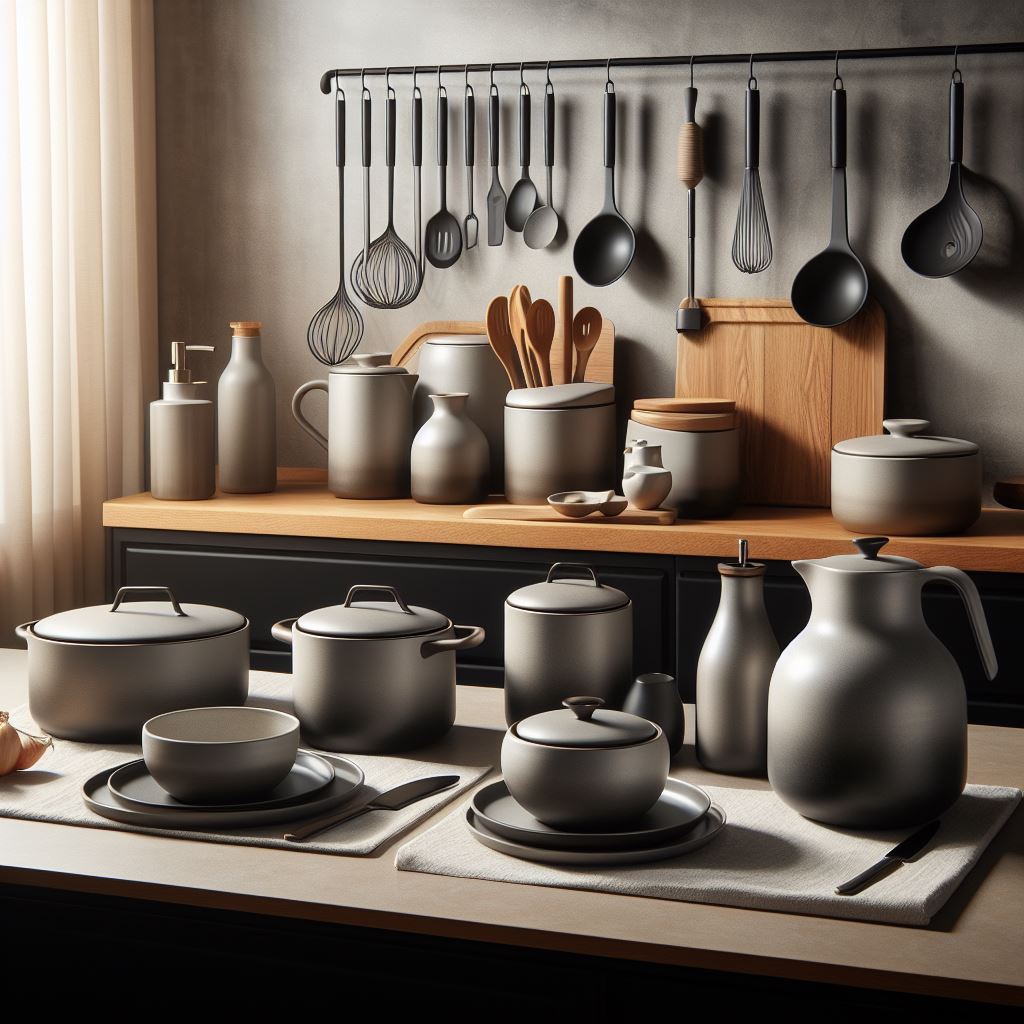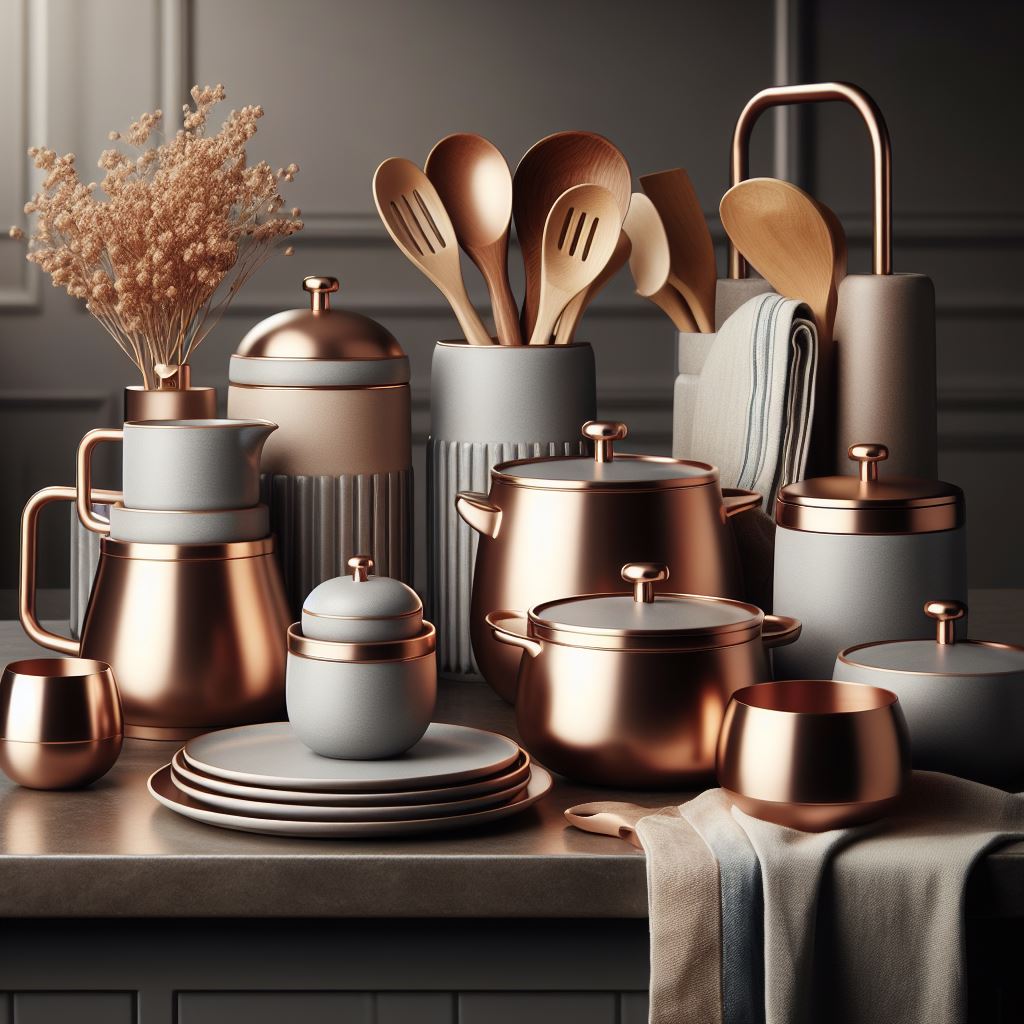When you think of a kitchen that exudes warmth, comfort, and a timeless appeal, you're likely envisioning a traditional kitchen style. This classic design has been a staple in homes for generations, offering a sense of familiarity and charm that modern aesthetics often cannot replicate. But what is a traditional kitchen style, exactly?
At its core, a traditional kitchen emphasizes rich details, ornate cabinetry, and a palette that ranges from warm, earthy tones to crisp, clean whites. The use of natural materials, such as wood and stone, plays a crucial role in creating an inviting atmosphere. Cabinet doors often feature raised panels and decorative moldings, while countertops might be adorned with luxurious granite or marble surfaces.
Lighting fixtures in a traditional kitchen are also essential, often incorporating wrought iron or antique brass elements that add to the space's overall elegance. Additionally, traditional kitchens frequently showcase vintage appliances or modern ones disguised to look vintage, blending seamlessly with the overall decor.
Whether you are planning a full kitchen remodel or just looking for some inspiration, understanding the key elements of this style can help you create a space that feels both timeless and fresh. To get started on your own traditional kitchen, send us a message at contact@frawstedcreations.com for custom inquiries and to learn more about what we can offer!
Key Elements of Traditional Kitchens

Understanding the key elements of traditional kitchens is essential for anyone looking to capture this timeless style in their home. Traditional kitchens are characterized by a few fundamental features that set them apart from other design styles.
1. Cabinetry: Traditional kitchens often feature cabinets with raised panel doors, intricate woodwork, and decorative moldings. Rich wood tones like cherry, mahogany, or oak are popular choices, though painted finishes in classic white or cream are also common.
2. Countertops: Natural stone countertops, such as granite or marble, are a hallmark of traditional kitchens. These materials not only offer a luxurious appearance but also provide durability and functionality.
3. Backsplash: The backsplash in a traditional kitchen is usually made from classic materials like ceramic or subway tiles. These tiles can be arranged in simple patterns or more intricate designs, often incorporating muted colors or neutral tones.
4. Flooring: Hardwood floors are a staple in traditional kitchens, providing warmth and continuity throughout the space. Stone or tile flooring can also be used to complement the natural materials found in other elements of the kitchen.
5. Lighting: Lighting fixtures in traditional kitchens often feature antique or vintage-inspired designs. Chandeliers, pendant lights, and sconces made of wrought iron, brass, or glass add a touch of elegance and sophistication.
6. Accessories: Decorative accessories like ornate hardware, patterned rugs, and vintage-inspired appliances contribute to the overall aesthetic. These elements add personal touches and enhance the classic charm of the space.
By incorporating these key elements, you can create a traditional kitchen that is both beautiful and functional, capturing the essence of this enduring design style.
Design Principles of Traditional Kitchens
To create a traditional kitchen that embodies the charm and elegance of this classic style, it is important to follow certain design principles. These principles ensure that the space is cohesive, functional, and true to its traditional roots.
1. Symmetry and Balance: Traditional kitchens often emphasize symmetry and balance in their layout. This can be achieved by placing cabinets, appliances, and other elements in a way that mirrors each other. For example, you might have matching cabinets flanking either side of a range or a balanced arrangement of upper and lower cabinets.
2. Attention to Detail: Intricate details are a hallmark of traditional kitchens. This can be seen in the ornate moldings, decorative corbels, and intricate woodwork that are often featured in cabinetry and furniture. These details add a sense of craftsmanship and timeless beauty to the space.
3. Use of Natural Materials: Incorporating natural materials like wood, stone, and metal is essential in traditional kitchen design. These materials not only add warmth and texture but also contribute to the overall authenticity of the style. Opt for high-quality materials that will age gracefully over time.
4. Classic Color Schemes: Traditional kitchens typically feature classic color schemes, such as whites, creams, and neutral tones. These colors create a serene and elegant backdrop that allows the intricate details and natural materials to shine. Accents of deep blues, greens, or reds can be used to add depth and interest.
5. Timeless Furnishings: Furniture and fixtures in traditional kitchens should have a timeless appeal. Opt for pieces that feature classic designs and sturdy construction. This includes everything from dining tables and chairs to light fixtures and hardware. These elements should complement the overall aesthetic and contribute to the kitchen's enduring charm.
6. Functional Layout: While aesthetics are important, functionality should not be overlooked. Traditional kitchens should have a practical layout that facilitates easy movement and efficient use of space. This includes ample counter space, well-organized storage, and convenient access to appliances and work areas.
By adhering to these design principles, you can create a traditional kitchen that is both visually stunning and highly functional. The result is a space that exudes timeless elegance and serves as the heart of the home.
Popular Materials in Traditional Kitchens

Choosing the right materials is crucial when designing a traditional kitchen. These materials not only enhance the aesthetic appeal but also contribute to the durability and functionality of the space. Below are some of the most popular materials used in traditional kitchens:
1. Hardwood: Rich, warm, and timeless, hardwood is a staple in traditional kitchen design. Oak, cherry, and maple are common choices for cabinetry, flooring, and even countertops. The natural grain and texture of hardwood add a layer of elegance and authenticity to the kitchen.
2. Natural Stone: Marble, granite, and soapstone are frequently used for countertops and backsplashes. These materials are not only beautiful but also highly durable. The unique veining and patterns found in natural stone make each piece one-of-a-kind, adding a touch of luxury to the kitchen.
3. Ceramic and Porcelain Tiles: Often used for backsplashes and flooring, ceramic and porcelain tiles come in a wide range of styles and patterns that can enhance the traditional look. Hand-painted tiles or those with classic motifs can add a decorative element that complements the overall design.
4. Cast Iron and Copper: These metals are commonly used for sinks, faucets, and hardware. Cast iron sinks, often enameled in white or a soft color, are durable and add a rustic charm. Copper, with its warm hues, ages gracefully and develops a unique patina over time, adding character to the kitchen.
5. Glass: Glass-fronted cabinets and glass tiles can add a touch of elegance and openness to a traditional kitchen. Stained or leaded glass can be used to introduce color and intricate designs, enhancing the overall aesthetic.
6. Brick and Stone Accents: Exposed brick walls or stone accents can add texture and a sense of history to a traditional kitchen. These elements create a focal point and add a rustic charm that is both inviting and timeless.
By incorporating these popular materials into your traditional kitchen, you can create a space that is not only beautiful but also functional and enduring. These materials work together to create a cohesive and harmonious environment that exudes timeless elegance.
Color Schemes for Traditional Kitchens

Color schemes are an essential aspect of any kitchen design, and traditional kitchens are no exception. The right colors can set the tone, create a welcoming atmosphere, and highlight the intricate details that define this timeless style. Here are some popular color schemes that work beautifully in traditional kitchens:
1. Neutral Tones: Soft and versatile, neutral tones like white, beige, and gray are classic choices for traditional kitchens. These colors provide a serene backdrop that allows the other design elements, such as cabinetry and countertops, to stand out. They also make the space feel larger and more open.
2. Warm Shades: Earthy colors like taupe, cream, and soft browns add warmth and coziness to the kitchen. These hues complement natural materials such as wood and stone, creating a harmonious and inviting environment. Warm shades are perfect for those who want a homey and comforting kitchen space.
3. Rich, Deep Colors: Darker tones like navy blue, forest green, and burgundy add depth and sophistication to a traditional kitchen. These colors can be used on cabinetry, accent walls, or even in tile work to create a dramatic and elegant look. Pairing these rich colors with lighter countertops and backsplashes can create a striking contrast that is both bold and beautiful.
4. Pastel Hues: Soft pastels like pale blue, mint green, and blush pink bring a touch of whimsy and charm to traditional kitchens. These colors work well in smaller doses, such as on a kitchen island, backsplash, or accessories. Pastel hues can add a refreshing and light-hearted feel to the space without overwhelming it.
5. Classic Combinations: Timeless color pairings like black and white, blue and white, or green and cream are staples in traditional kitchen design. These combinations are not only visually appealing but also versatile, allowing for a variety of decor styles and accents. The use of classic combinations ensures that the kitchen remains stylish and relevant for years to come.
Choosing the right color scheme for your traditional kitchen can greatly enhance its overall appeal and functionality. Whether you prefer the simplicity of neutrals, the warmth of earthy tones, or the drama of rich colors, there is a palette to suit every taste and style. The key is to create a balanced and cohesive look that reflects your personal preferences while staying true to the timeless charm of traditional kitchen design.
Decor Tips for a Traditional Kitchen

Decorating a traditional kitchen involves paying attention to the finer details that bring out its charm and character. Here are some essential decor tips to help you create a kitchen that is both functional and aesthetically pleasing:
1. Use Classic Materials: Incorporate natural materials such as wood, stone, and ceramic in your kitchen decor. Wooden cabinets, stone countertops, and ceramic tile backsplashes are staples of traditional kitchen design. These materials not only add texture and warmth but also stand the test of time.
2. Incorporate Vintage Elements: Adding vintage or antique pieces can enhance the traditional feel of your kitchen. Consider using vintage light fixtures, antique hardware, or a farmhouse sink. These elements add a touch of history and personality to your space.
3. Elegant Lighting: Chandeliers, pendant lights, and wall sconces in classic designs can elevate the look of a traditional kitchen. Opt for fixtures with intricate details and finishes like brass or bronze to enhance the elegance of the space.
4. Decorative Backsplashes: A backsplash is a great opportunity to add character to your kitchen. Choose tiles with traditional patterns or designs, such as subway tiles, mosaic tiles, or hand-painted tiles. A decorative backsplash can become the focal point of the kitchen, adding both beauty and practicality.
5. Accessorize Thoughtfully: Use accessories to bring out the traditional charm of your kitchen. Items like vintage jars, classic cookware, and handwoven textiles can add a cozy and inviting feel. Displaying these items on open shelves or glass-front cabinets can also create an appealing visual interest.
6. Ornate Molding and Trim: Don't overlook the importance of molding and trim in a traditional kitchen. Crown molding, baseboards, and decorative trims can add an elegant finish to your cabinetry and walls. These details contribute to the overall sophistication and timeless appeal of the space.
7. Personal Touches: Adding personal touches such as family heirlooms, framed artwork, or custom-made items can make your traditional kitchen uniquely yours. These personalized elements add warmth and make the space feel more inviting.
By incorporating these decor tips, you can create a traditional kitchen that exudes warmth, elegance, and timeless charm. Remember, the key is attention to detail and thoughtful selection of materials and accessories.
Ready to bring your dream kitchen to life? Send us a message at contact@frawstedcreations.com for custom inquiries and to learn more about what we can offer!

